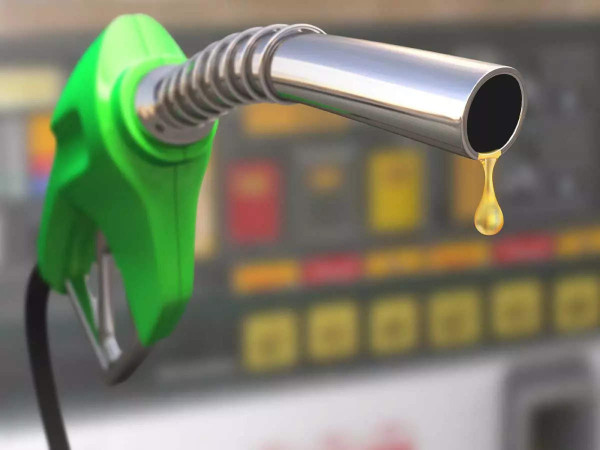Oil import bill dips to Ksh575B in 2024

Kenya’s petroleum import bill fell sharply by 8.1 per cent to Sh575.5 billion in 2024, offering much-needed relief to the economy as global crude prices declined for the second straight year and the Kenyan shilling strengthened against the US dollar.
This drop came despite a 20.9 per cent surge in total petroleum imports to 5.2 million tonnes, reflecting both increased domestic demand and a more than threefold jump in re-exports, which reached 995.4 thousand tonnes.
“The global crude oil prices declined for the second consecutive year due to high supply outside of the Organisation of Petroleum Exporting Countries (OPEC) and sluggish demand, with the OPEC reference basket averaging USD79.86 per Barrel in 2024, from an of USD82.98 per Barrel in 2023,” the just released Economic Survey 2025 report states in part.
Petroleum remains one of Kenya’s largest and most expensive import items — a critical resource that powers the economy but also weighs heavily on the national balance sheet.
As a non-oil-producing nation with a growing energy demand, Kenya’s reliance on imported fuel continues to strain its import bill, making petroleum a strategic yet costly necessity.
From powering transport and manufacturing to lighting homes and fuelling agriculture, petroleum is deeply embedded in Kenya’s economic engine. However, this dependence comes at a significant financial cost.
The drop in the import bill is rooted in global market shifts, this after the OPEC reference basket averaged $79.86 (about Sh10,317.9) per barrel in 2024, down from $82.98 (about Sh10,745.9) in 2023, as non-OPEC supply remained high and global demand, especially from China-remained sluggish.
Brent crude futures ended 2024 at $74.64 per barrel (about Sh9,6466.7), about 3 per cent lower than the previous year.
The global oversupply, coupled with OPEC+ production hikes and subdued economic activity, particularly in China, led to a sustained downward pressure on prices.
According to the Survey, Kenyan consumers benefited from the global price slump.
The annual average retail prices for motor spirit (premium) and light diesel oil fell by 1.4 per cent and 1.1 per cent to Sh191.76 and Sh178.32 per litre, respectively, while illuminating kerosene’s retail price dropped by 2.1 per cent to Sh168.38 per litre.
The only exception was the 13kg LPG cylinder, which saw a 6.6 per cent price increase to Sh3,188.34, reflecting robust demand for cleaner cooking fuels.
Domestic demand for petroleum products rose 2 per cent to 5.2 million tonnes, with jet fuel/turbo fuel consumption up 9.9 per cent and aviation spirit demand soaring 69.2 per cent.
LPG demand increased by 13.6 per cent, while kerosene use plummeted by 33.3 per cent, underscoring a shift toward cleaner and more efficient energy sources.
Kenya’s energy transition accelerated in 2024. Despite a slight dip in installed electricity capacity to 3,235.5 MW, total generation and imports climbed 5.1 per cent to 14,101.9 GWh, buoyed by a 36.2 per cent surge in hydro generation benefiting from favourable rainfall. Imports, mainly from Ethiopia, jumped 66.7 per cent to 1,532.6 GWh.
The report notes that renewables now account for 91.1 per cent of domestic electricity generation, led by geothermal (44.2 per cent), hydro (28.9 per cent), wind (14.3 per cent), and solar (3.7 per cent).
Thermal oil, the only non-renewable source, contributed just 8.9 per cent. The rollout of e-mobility technologies added 2.8 GWh in new electricity demand, highlighting the evolution of the sector.















